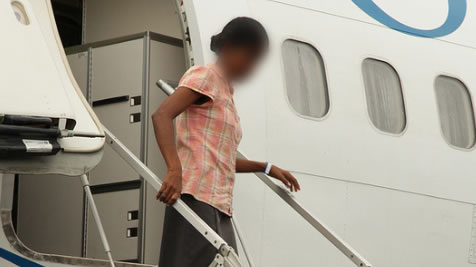Australian government

AUSTRALIAN gOVERNMENT
International law
Australia is a signatory to the United Nations 1951 Convention relating to the Status of Refugees (The Refugee Convention) and to the subsequent 1967 Protocol. This means that Australia is legally obliged to develop law and policy in the spirit of The Refugee Convention, in both federal and state jurisdictions.
Since the end of World War II in 1945, Australia has accepted more than 880,000 people in humanitarian need. Although the first groups of people seeking humanitarian assistance arrived (from Europe) in the late 1940s, Australia did not have a comprehensive policy relating to the status of refugee people until 1977 (when many people were arriving from the Indo-China region).
When asylum seekers and refugees are in Australia (including the sea), the Australian Government has obligations under various international human rights treaties (such as the International Covenant of Civil and Political Rights) to ensure that people's human rights are respected and protected. These rights include the right not to be detained without reason.
More information
Australian Human Rights Commission - Asylum seekers, refugees and human rights: Snapshot Report (2nd Edition) 2017
Migration Act
The Migration Act 1958 (Commonwealth) forms the legislative basis for all forms of migration and visa applications in Australia, including humanitarian assistance.
Under the Migration Act 1958 (Cth) asylum seekers who arrive on the mainland without a valid visa must be held in immigration or community detention, or transferred to an off-shore processing facility.
The government's role is to develop laws affecting migration, to enforce the law, and to educate people about the law. The Department of Home Affairs is the government department that administers the law, as well as the immigration program.
The Immigration Program comprises three main components:
- Temporary visas
- Migration program
- Refugee and humanitarian program
The humanitarian program has two components:
- Refugee visas (offshore) - when people apply overseas for a protection visa, before arriving in Australia.
- Protection visas (onshore) - when people arrive in Australia or its territories and seek asylum directly from the Australian government.
More information
For more information on the current federal government migration policy, and how refugee protection status is considered, refer to the following websites:
The Refugee Council of Australia (RCoA) - Get the facts about refugees
The Department of Home Affairs - The administration of the immigration program
Related reading
